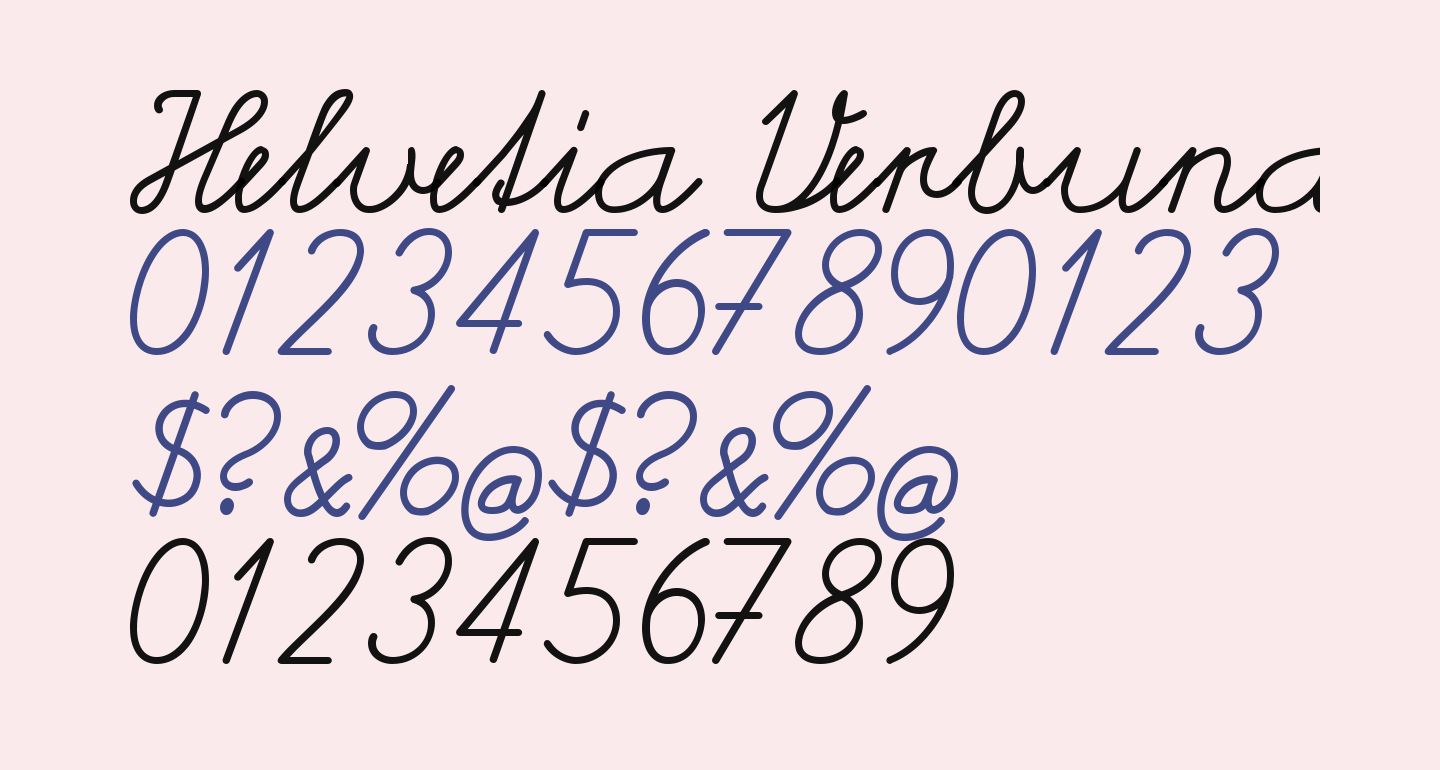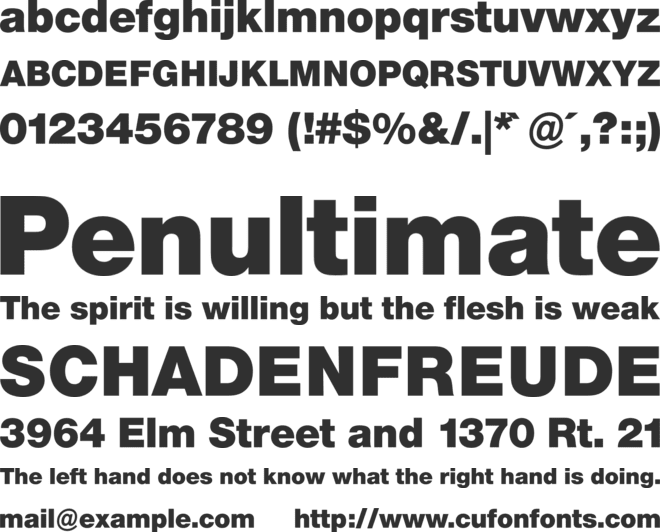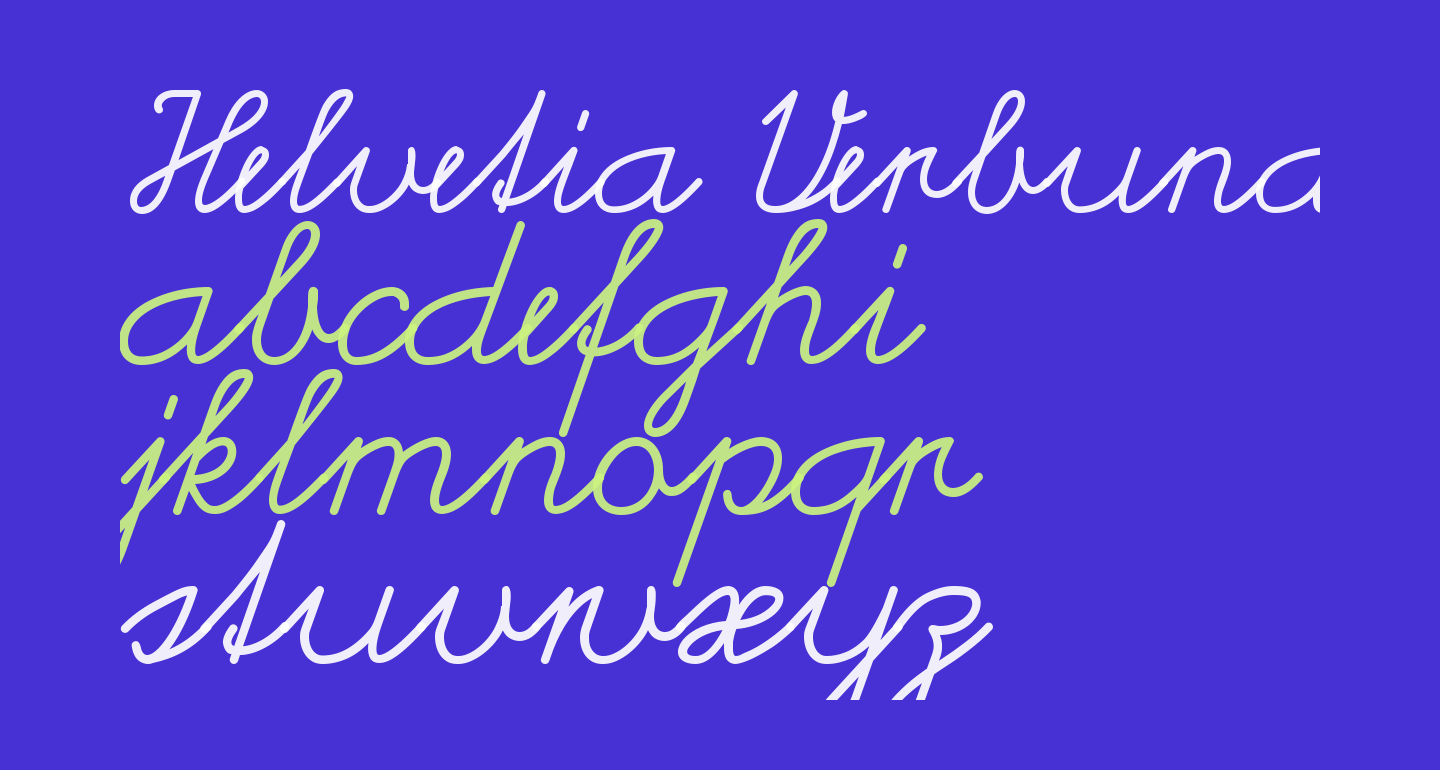

It’s great for emails that you want to feel more personal and approachable. Corbel is characterized by its curved edges, which give it a friendly and inviting look. It’s easy to read on screens of any size, and its style is sharp and modern. Cambria is a great all-purpose choice for emails.
Helvetica webfont license professional#
It’s the default in Microsoft Office and favored by many for its professional yet casual tone. Calibri is a modern sans-serif font designed in 2004. It’s simple and legible, yet it still stands out among other serif fonts. Arial is a sans-serif font and one of the most popular email fonts. Here, we’ve listed the most popular web safe fonts: Traditional and formal fonts are perfect for news and commentary websites, whereas more adventurous brands prefer creative fonts. If a user doesn’t have the font installed on their device, the client uses the fallback font (typically Arial or Times) instead.Įmploying web-safe fonts for email is a great way to express your website’s intent and personality. Web-safe fonts are preloaded on most users’ devices - so when you use them in an email, they display correctly across most platforms. So why not to experiment and make a campaign with these new fonts? What are web safe fonts? Though the web fonts, as well as email fonts, are an issue for lots of internet users, the given fallback fonts are the ones that you usually use anyway. They also offer a preview of how those fonts will look like on different devices and email clients.īelow, you can find a complete list of fonts supported on Omnisend with a complete list of fallback fonts, so you can know what to expect. Here’s a list of custom fonts you can consider for emails:Įmail editors like Omnisend allow you to choose the email safe fonts you want to use in your emails. Custom fonts also take a while to load, so it’s best to keep them to a minimum in your emails. However, they can be tricky for email since not all clients support custom fonts.Įnsure you have fallback fonts (like Arial or Times) in place if the custom font doesn’t render. They give your emails a unique, professional look that helps you stand out. Custom fonts in emailsĬustom fonts are fonts unique to your brand. It has great readability even in small sizes, making it a perfect fit for emails or websites. Verdana is another Sans Serif typeface with a rounded quality that makes it look more friendly and approachable than Arial. Georgia, Verdana, and Trebuchet are some of the most neutral and easy-to-read typefaces. The most popular safe fonts for emails are:Īll the typefaces mentioned above have excellent readability. They’re the typefaces you can be sure will look good, no matter which email client your subscribers use to read your emails. What are email safe fonts?Įmail safe fonts (also known as web-safe fonts) are those supported by all major email clients. Since Gmail is the leading email provider, it’s safe to stick to Gmail-supported fonts. In other cases, the client will display your message in the predefined fallback typeface, which might be far away from the one initially intended. Your subscriber’s email client will display your message in the intended font style only if it’s compatible. Outlook, Apple Mail, Gmail – they all have default fonts that differ from each other. Not all email clients can display fonts equally. The second thing is the technical reason. It’s my guess that they’d like to bring these features to the web, as well.Reason #2: Considers technical limitations


Apple is also working on font features, such as selectable “6″ and “9″ glyphs or non-monospaced numbers.

The motivation for this abstraction is so the operating system can make better choices on which face to use at a given weight. Apple has started abstracting system font names: Apple's new system font is not publicly exposed.


 0 kommentar(er)
0 kommentar(er)
